-
 Bitcoin
Bitcoin $114400
0.68% -
 Ethereum
Ethereum $3550
2.48% -
 XRP
XRP $3.001
4.99% -
 Tether USDt
Tether USDt $0.9999
0.01% -
 BNB
BNB $757.6
1.46% -
 Solana
Solana $162.9
1.07% -
 USDC
USDC $0.9998
0.00% -
 TRON
TRON $0.3294
0.91% -
 Dogecoin
Dogecoin $0.2015
2.46% -
 Cardano
Cardano $0.7379
2.01% -
 Stellar
Stellar $0.4141
8.83% -
 Hyperliquid
Hyperliquid $37.83
-1.91% -
 Sui
Sui $3.454
0.76% -
 Chainlink
Chainlink $16.62
3.53% -
 Bitcoin Cash
Bitcoin Cash $554.6
2.84% -
 Hedera
Hedera $0.2486
3.91% -
 Ethena USDe
Ethena USDe $1.001
0.00% -
 Avalanche
Avalanche $21.95
3.34% -
 Toncoin
Toncoin $3.563
-2.85% -
 Litecoin
Litecoin $112.7
2.65% -
 UNUS SED LEO
UNUS SED LEO $8.977
0.13% -
 Shiba Inu
Shiba Inu $0.00001232
1.85% -
 Uniswap
Uniswap $9.319
2.93% -
 Polkadot
Polkadot $3.632
1.38% -
 Monero
Monero $307.2
2.36% -
 Dai
Dai $0.9997
-0.03% -
 Bitget Token
Bitget Token $4.340
0.91% -
 Pepe
Pepe $0.00001048
1.07% -
 Cronos
Cronos $0.1348
3.26% -
 Aave
Aave $261.5
1.93%
How to play LBank leverage trading
When playing LBank leverage trading, remember to choose a suitable leverage amount and employ stop-loss orders to manage risk and protect potential profits.
Nov 24, 2024 at 10:38 pm
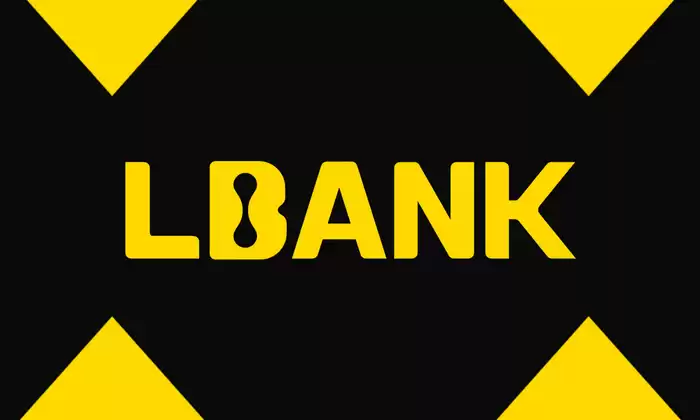
How to Play LBank Leverage Trading
Introduction
Leverage trading is a powerful tool that can help you magnify your profits from crypto trading. However, it can also be risky, so it's important to understand how it works before you start using it.
In this guide, we'll show you how to play LBank leverage trading step-by-step and provide you with some tips on how to manage your risk.
Step 1: Open an LBank Account
The first step is to open an LBank account. You can do this by visiting the LBank website and clicking on the "Sign Up" button.
Once you've created an account, you'll need to verify your email address and phone number.
Step 2: Fund Your Account
Once your account is verified, you'll need to fund it with some cryptocurrency. You can do this by depositing cryptocurrency from another wallet or by purchasing cryptocurrency directly from LBank.
Step 3: Choose a Trading Pair
Once you have funds in your account, you can start trading. The first step is to choose a trading pair. A trading pair is a pair of cryptocurrencies that you can trade against each other, such as BTC/USDT.
Step 4: Choose Your Leverage
Once you've chosen a trading pair, you'll need to choose your leverage. Leverage is the amount of money that you're willing to borrow from LBank in order to increase your trading power.
The higher your leverage, the greater your potential profits. However, the higher your leverage, the greater your risk.
Step 5: Place an Order
Once you've chosen your leverage, you can place an order. To do this, simply enter the amount of cryptocurrency that you want to trade and click on the "Buy" or "Sell" button.
Step 6: Manage Your Risk
Once you've placed an order, it's important to manage your risk. The best way to do this is to use stop-loss orders.
A stop-loss order is an order that will automatically sell your cryptocurrency if the price falls below a certain level. This can help you to protect your profits and limit your losses.
Tips for Managing Your Risk
Here are some tips for managing your risk when trading with leverage:
- Use a stop-loss order. This is the most important tip for managing your risk. A stop-loss order will automatically sell your cryptocurrency if the price falls below a certain level, which can help you to protect your profits and limit your losses.
- Don't over-leverage yourself. It's important to remember that leverage is a double-edged sword. It can magnify your profits, but it can also magnify your losses. Don't over-leverage yourself, or you could end up losing more money than you can afford to lose.
- Monitor your trades closely. It's important to monitor your trades closely when trading with leverage. This will help you to identify any potential problems early on and take steps to protect your profits.
Disclaimer:info@kdj.com
The information provided is not trading advice. kdj.com does not assume any responsibility for any investments made based on the information provided in this article. Cryptocurrencies are highly volatile and it is highly recommended that you invest with caution after thorough research!
If you believe that the content used on this website infringes your copyright, please contact us immediately (info@kdj.com) and we will delete it promptly.
- Cryptocurrency, Altcoins, and Profit Potential: Navigating the Wild West
- 2025-08-04 14:50:11
- Blue Gold & Crypto: Investing Disruption in Precious Metals
- 2025-08-04 14:30:11
- Japan, Metaplanet, and Bitcoin Acquisition: A New Era of Corporate Treasury?
- 2025-08-04 14:30:11
- Coinbase's Buy Rating & Bitcoin's Bold Future: A Canaccord Genuity Perspective
- 2025-08-04 14:50:11
- Coinbase's Buy Rating Maintained by Rosenblatt Securities: A Deep Dive
- 2025-08-04 14:55:11
- Cryptos, Strategic Choices, High Returns: Navigating the Meme Coin Mania
- 2025-08-04 14:55:11
Related knowledge
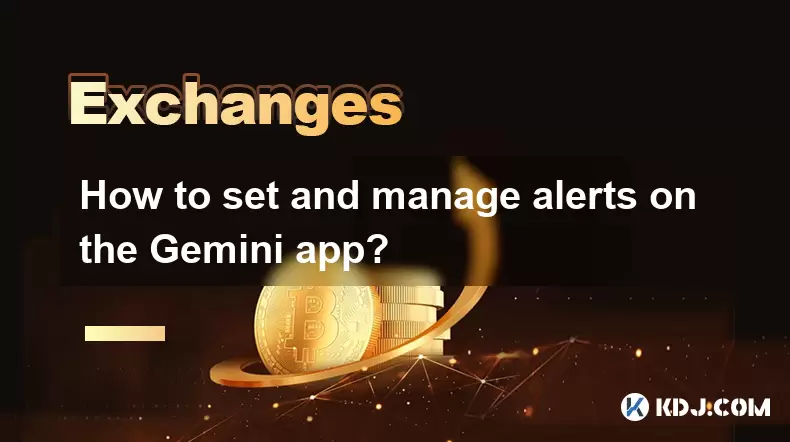
How to set and manage alerts on the Gemini app?
Aug 03,2025 at 11:00am
Understanding the Gemini App Alert SystemThe Gemini app offers users a powerful way to stay informed about their cryptocurrency holdings, price moveme...

How to use the Gemini mobile app to trade on the go?
Aug 04,2025 at 09:14am
Setting Up the Gemini Mobile AppTo begin trading on the go using the Gemini mobile app, the first step is installing the application on your smartphon...
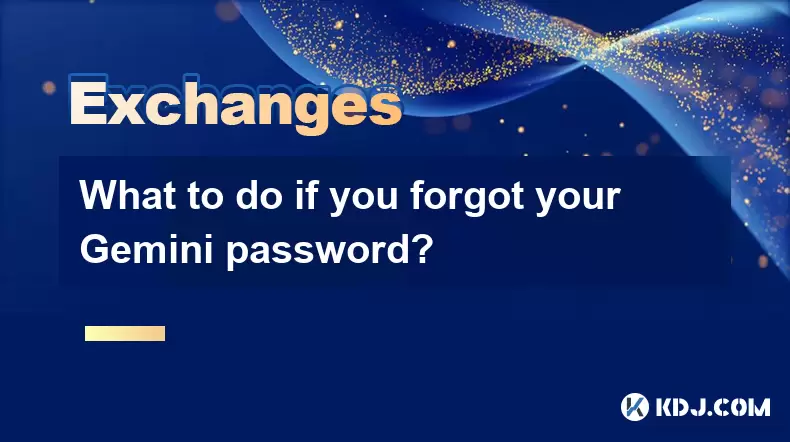
What to do if you forgot your Gemini password?
Aug 04,2025 at 03:42am
Understanding the Role of Passwords in Gemini AccountsWhen using Gemini, a regulated cryptocurrency exchange platform, your password serves as one of ...
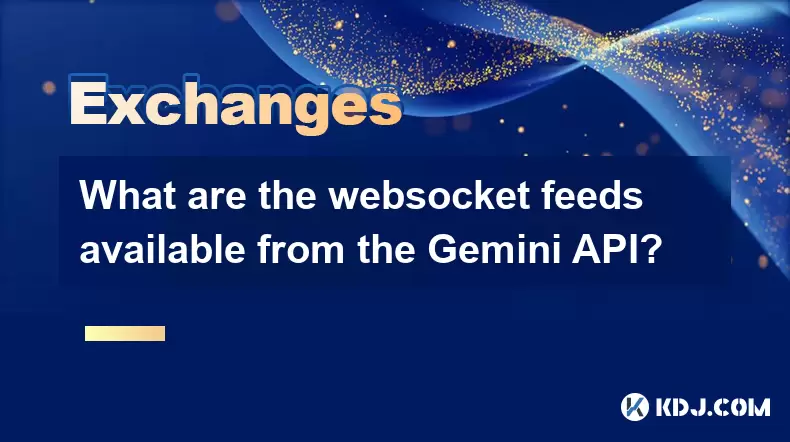
What are the websocket feeds available from the Gemini API?
Aug 03,2025 at 07:43pm
Overview of Gemini WebSocket FeedsThe Gemini API provides real-time market data through its WebSocket feeds, enabling developers and traders to receiv...
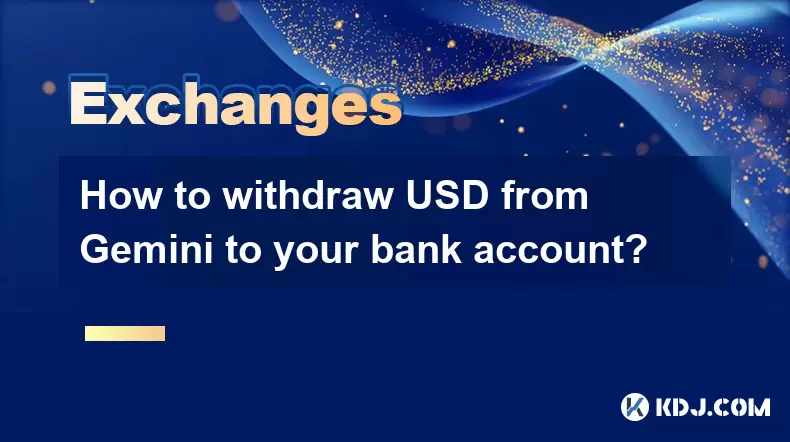
How to withdraw USD from Gemini to your bank account?
Aug 04,2025 at 11:01am
Understanding Gemini and USD WithdrawalsGemini is a regulated cryptocurrency exchange platform that allows users to buy, sell, trade, and store digita...
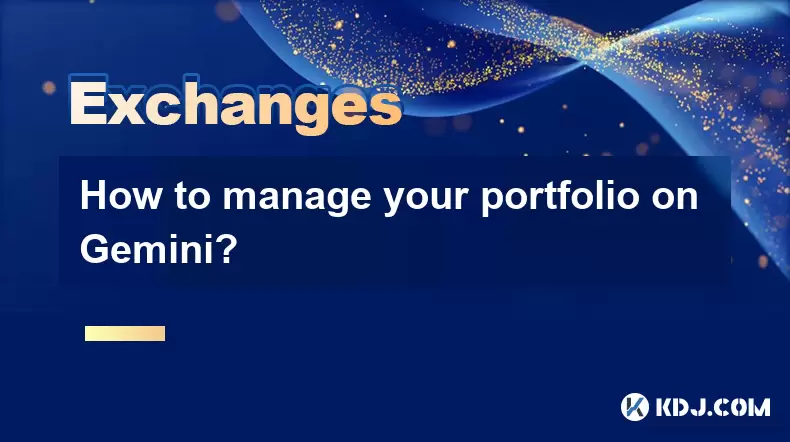
How to manage your portfolio on Gemini?
Aug 03,2025 at 10:36am
Accessing Your Gemini Portfolio DashboardTo begin managing your portfolio on Gemini, you must first log in to your account through the official websit...

How to set and manage alerts on the Gemini app?
Aug 03,2025 at 11:00am
Understanding the Gemini App Alert SystemThe Gemini app offers users a powerful way to stay informed about their cryptocurrency holdings, price moveme...

How to use the Gemini mobile app to trade on the go?
Aug 04,2025 at 09:14am
Setting Up the Gemini Mobile AppTo begin trading on the go using the Gemini mobile app, the first step is installing the application on your smartphon...

What to do if you forgot your Gemini password?
Aug 04,2025 at 03:42am
Understanding the Role of Passwords in Gemini AccountsWhen using Gemini, a regulated cryptocurrency exchange platform, your password serves as one of ...

What are the websocket feeds available from the Gemini API?
Aug 03,2025 at 07:43pm
Overview of Gemini WebSocket FeedsThe Gemini API provides real-time market data through its WebSocket feeds, enabling developers and traders to receiv...

How to withdraw USD from Gemini to your bank account?
Aug 04,2025 at 11:01am
Understanding Gemini and USD WithdrawalsGemini is a regulated cryptocurrency exchange platform that allows users to buy, sell, trade, and store digita...

How to manage your portfolio on Gemini?
Aug 03,2025 at 10:36am
Accessing Your Gemini Portfolio DashboardTo begin managing your portfolio on Gemini, you must first log in to your account through the official websit...
See all articles

























































































